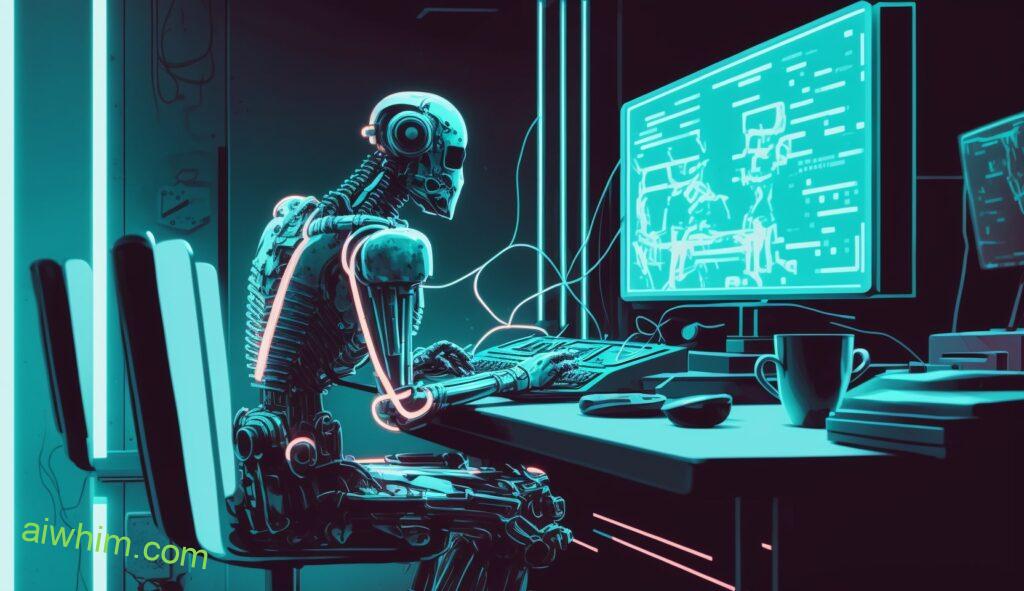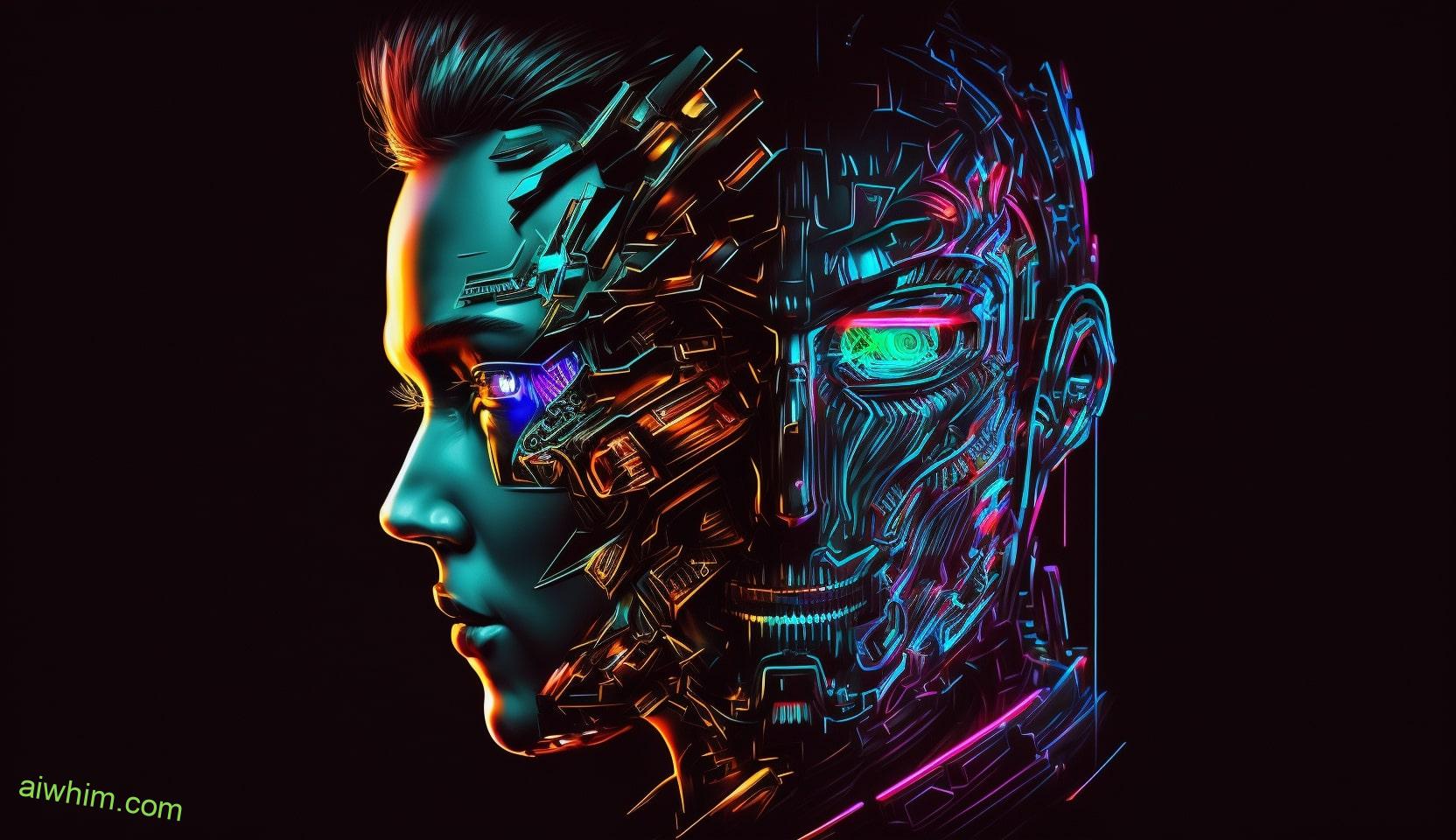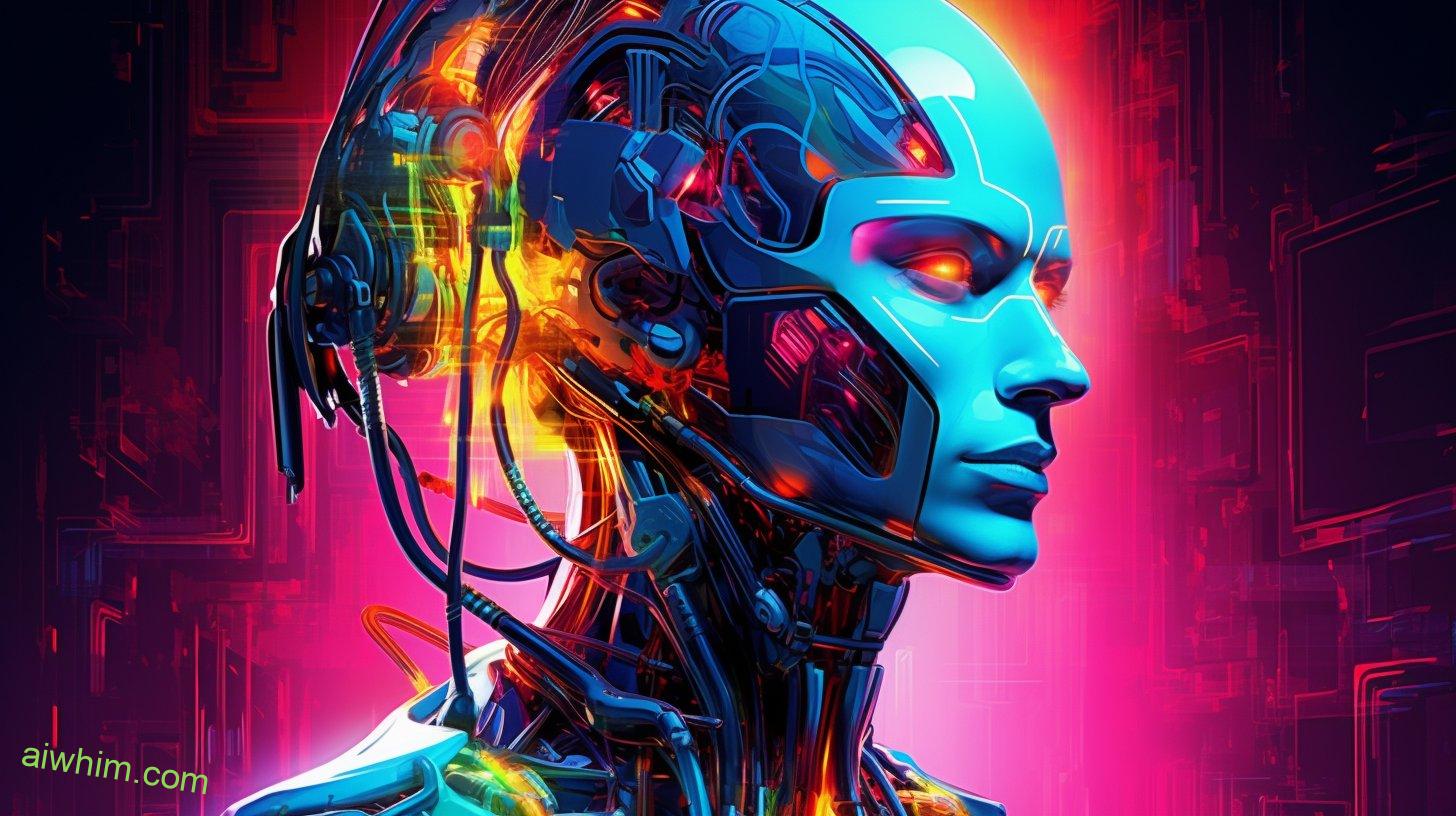Do you ever worry that technology will take away your job as a court reporter? Artificial Intelligence has been advancing rapidly in recent years, and many professions are now at risk of being automated. Court reporters, who transcribe spoken testimony into written form for legal proceedings, could be one of the next jobs to be “stolen” by AI. In this article we’ll explore whether or not court reporting is likely to become an obsolete profession due to advances in AI.
There’s no denying that AI could make certain aspects of court reporting easier – but does this mean its days are numbered? Read on to find out if court reporters should start looking for an alternative career path before their job is stolen from them!

Definition Of Court Reporting
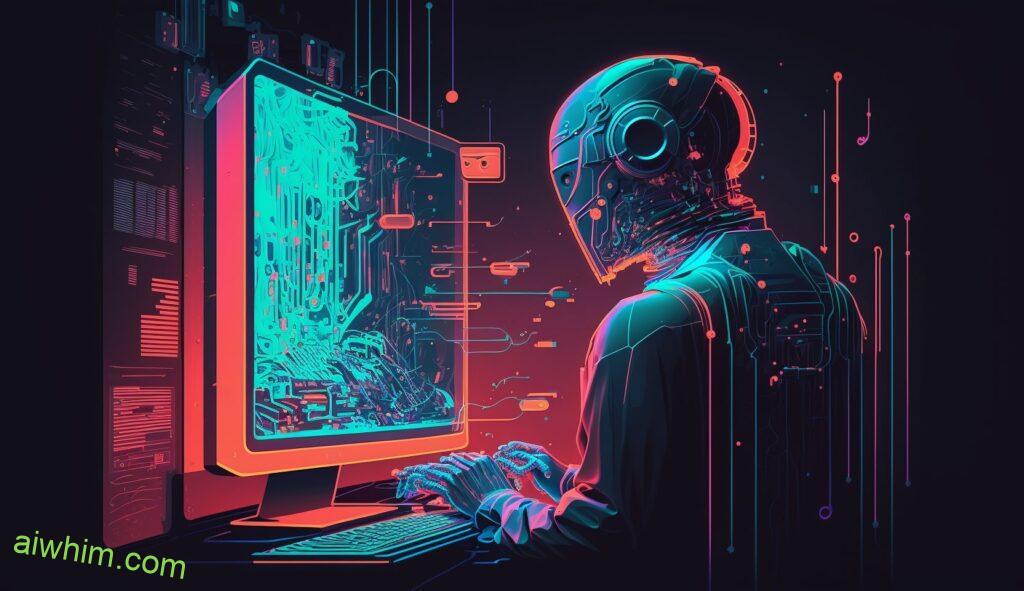
Courts, courtrooms and court reporting may sound like a scene right out of an old movie with dusty record books and quills. But today’s court reporter is far from that image! Court reporters are highly skilled professionals who specialize in recording spoken words into written form. They use specialized equipment to accurately capture conversations verbatim as they happen – no rewinds or pauses allowed!
But what exactly does a court reporter do? A court reporter’s main responsibility is to provide accurate transcripts of legal proceedings such as trials, hearings, depositions, and arbitration sessions. This requires them to be well-versed in the technical terminology associated with the judicial system. In addition to transcribing courtroom dialogue, they must also be able to maintain clear records for future reference by properly labeling each document according to its contents. The job also includes producing timely transcripts so that judges and attorneys can quickly refer back to important information during their deliberations.

Moreover, I suggest also delving into this alternative post that focuses on the future effects of AI on law careers in general.
Automation Of The Court Reporting Process
The prospect of automation in the court reporting industry is becoming increasingly real. With advances in artificial intelligence (AI), automated court reporting and AI court reporters have come onto the scene, prompting questions about how these technologies may affect existing court reporter jobs. While some fear that AI-based systems could replace human court reporters altogether, a closer look at what’s possible reveals that this isn’t necessarily the case.
At present, many tasks performed by court reporters remain too complex for computers to handle. For instance, recognizing nuances in language and accurately transcribing dialogue are skills which require an experienced human touch. However, there are certain areas where computerized technology can help streamline processes while still allowing humans to do their job well – such as automatically redacting confidential information or quickly creating accurate transcripts based on recordings from hearings. In these scenarios, AI serves more as a supporting role than an outright replacement for people working in the field.
The reality is that most courts would likely benefit from adopting new tools designed to assist with specific aspects of the process rather than replacing them entirely. Automated court reporting offers opportunities for increased efficiency during trials; it allows judges and other legal staff to focus on higher-level decision making instead of tedious transcription duties that don’t always need direct input from a person. Ultimately, combining the best of human expertise with modern technological capabilities will be key to ensuring accuracy and producing quality results going forward.

Besides, if you are a lawyer or attorney, check out this post instead about whether AI is replacing attorneys and lawyers! (Click to read.)
Pros And Cons Of AI-Based Court Reporting
The rise of AI-based court reporting has left many wondering if their job as a court reporter is soon to be replaced. The thought of a totally automated system may conjure up images of robots and machines, tirelessly tabulating legal data with no human intervention. But what are the pros and cons of this type of technology? Here’s a list:
- Legal Implications: With an AI-based court reporting system, it can bring accuracy and speed to proceedings that would otherwise require multiple people to manage. It also helps ensure that all documents have been accurately recorded in real time without any transcription errors or delays.
- Ethical Considerations: While automation can reduce costs for businesses, there are still ethical considerations when using artificial intelligence in such sensitive matters as recording evidence in court hearings. These include preserving privacy rights and ensuring fair outcomes during trials while avoiding bias and discrimination within the system itself.
- Cost Comparison: Automated systems tend to be much more cost effective than those requiring manual labor, allowing organizations to save money on hiring personnel and providing training materials for them as well. Additionally, they often provide faster turnaround times which help increase efficiency while decreasing backlogs in cases where transcripts are required quickly due to high demand or tight deadlines.
At the same time, however, it’s important that we remember that these automated solutions should never replace humans entirely–there must always remain an element of human oversight and control over the process in order to protect against potential error or abuse from occurring within the system itself. We must also consider whether or not these new technologies will ultimately serve justice rather than hinder it through biased decisions or inaccurate recordings made by machines instead of experienced individuals dedicated to truthfulness and fairness at every turn.
Are you curious about whether ChatGPT will replace writers? Click the link to find out!
Accuracy And Reliability Of AI-Based Systems
In the modern world, AI-based systems are increasingly being used to automate tasks traditionally done by humans. This raises a critical question: can these automated systems be relied upon to accurately and reliably do their jobs?
The accuracy of an AI system can vary based on its design and programming. Some measures that have been developed to assess the reliability of such systems include reliability assessment tests for software development, as well as accuracy assessments through benchmarking with historical data sets. Additionally, there are various approaches to designing reliable algorithms that check for errors in real time so they can be corrected before any serious damage is caused.
AI systems must also pass regular reliability measurements which test how well they perform against certain metrics or benchmarks over time. These measures allow us to identify potential problems early on and make sure that the system remains accurate and reliable over extended periods of use. By doing this it can be ensured that court reporters’ jobs won’t be taken away by an unreliable AI system anytime soon!

Moreover, if you’re wondering about how AI will affect paralegal jobs, then click the link to read our article!
Cost Comparison Between Human And AI-Based Court Reporters
The cost of court reporting services is an important factor to consider when deciding if a human or AI-based service should be used. When comparing the costs between the two, there are several factors that must be taken into account:
- Time and efficiency – Human reporters tend to take longer to transcribe recordings than their AI-based counterparts. AI technology can process audio more quickly, meaning it takes less time for transcripts to be completed.
- Accuracy – The accuracy rate between both options varies depending on the specific context. For example, in cases where legal terminology is involved, humans may have higher accuracy rates due to having better understanding of such terms compared to AI systems.
- Cost – Generally speaking, AI-based court reporters come with a much lower price tag than their human counterparts as they require no salaries or other benefits associated with hiring employees.
- Flexibility – Depending on the situation and type of work needed, either option could offer greater flexibility for legal professionals looking for reliable transcriptions services at reasonable prices.
It’s clear that both options provide advantages and disadvantages depending on a variety of circumstances; however, it appears that AI-based solutions may represent the best value overall considering their combination of speed and affordability when compared to traditional court reporter services provided by humans.
Legal Implications Of Using AI In Court Reporting
The implications of using AI in court reporting are far-reaching and have serious legal ramifications. As the use of artificial intelligence technology grows, so too will its impact on the field of court reporting. Ethical considerations must be taken into account when considering any form of AI usage, as well as regulatory compliance with existing laws regarding data privacy. There are also potential issues surrounding accuracy, reliability, and security that could arise if AI is used instead of a human reporter.
Furthermore, it is important to consider how this new technology may affect current job roles within the industry. It is possible that some positions within court reporting could become obsolete due to increased automation or require significant retraining in order to stay relevant. These ethical concerns should not be overlooked by those responsible for regulating the use of AI in court settings. The future landscape for court reporters will undoubtedly look different but whether or not their jobs can remain secure remains unclear at this time.
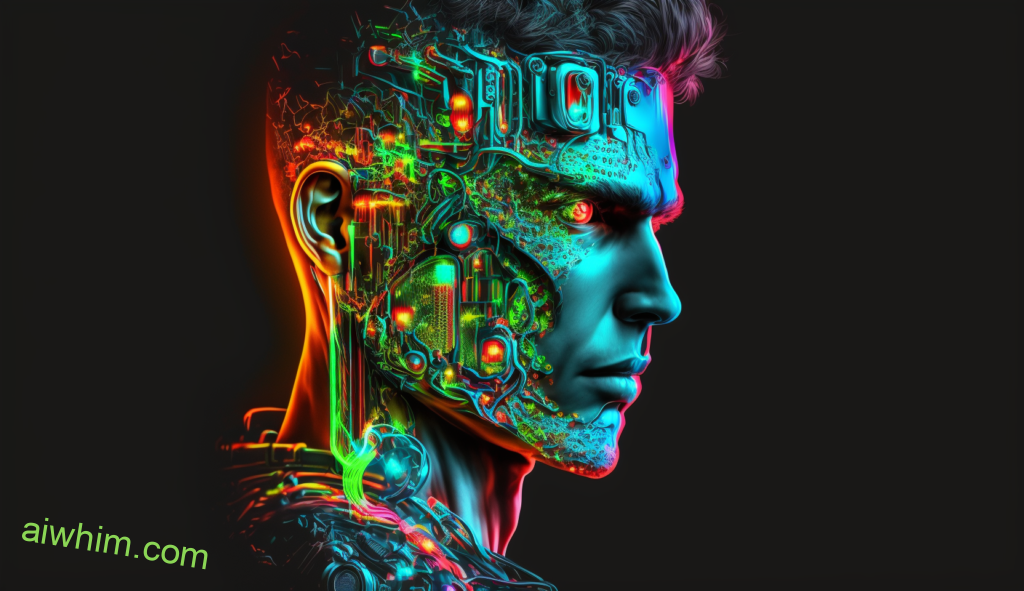
Ethical Considerations With AI Use In Court Reporting
The use of AI in court reporting has raised many ethical considerations. As courts around the world are increasingly using automated services to replace traditional roles, it is important that legal professionals understand the potential implications of such a decision. In particular, regulatory compliance and access to justice must be taken into account when assessing any proposed changes in technology for court proceedings.
AI can provide greater accuracy in transcription than human reporters, but this comes with its own set of challenges. If AI systems are used incorrectly or maliciously, they could lead to errors and false statements being made. This raises issues of privacy and data security which need to be addressed before any form of AI-assisted service can become widely adopted by the court system. Furthermore, there is an inherent risk that lawyers will rely too heavily on automated services instead of seeking out qualified individuals who have the necessary experience and qualifications. Such scenarios would not only undermine public trust in the judicial process but also create an unequal playing field where some people benefit more than others from such technological advances.
Ultimately, if AI is going to be employed as part of legal services then clear guidelines should be established and enforced so that everyone involved has peace of mind knowing their rights are respected and protected. The effectiveness of these policies must also be evaluated regularly to ensure they continue to safeguard all parties involved while allowing for innovation within the industry.
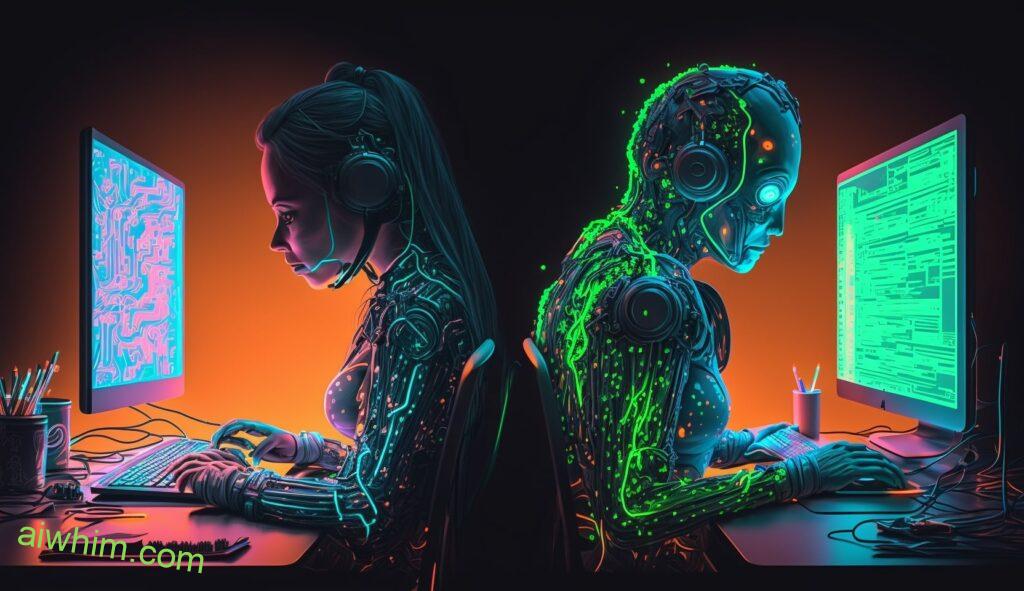
Impact On Employment Of Human Court Reporters
The impact of Artificial Intelligence (AI) on employment opportunities for court reporters is a matter of concern. AI may be able to take over some of the roles traditionally occupied by human court reporters, such as audio-transcription. However, these are only certain aspects of a court reporter’s job; there are many other duties that cannot easily be replaced by machines.
Below is an overview of how AI could affect current and future employment opportunities for court reporters:
- Court Reporter Employment: Human or robotic court reporting services will likely remain necessary for legal proceedings in order to ensure accuracy and impartiality. Therefore, although AI technology may reduce the number of jobs available to court reporters, it is unlikely to completely replace them.
- Court Reporter Jobs: Automated transcription software can help streamline the process for creating transcripts from audio recordings, but it cannot fully capture nonverbal cues or expressions which are important elements when taking accurate testimony during trials and hearings. This means that even if AI takes on more responsibility in this area, humans will still need to be involved in some capacity in order to guarantee complete accuracy and fairness within trial proceedings.
- Human Reporting: Even though automated systems have made strides towards becoming more accurate with their transcriptions, they still require careful monitoring by trained professionals in order to achieve precision levels similar to those delivered by human court reporters. As such, human involvement remains essential for providing trustworthy results during any legal proceedings where testimonies must be accurately recorded.
- Court Reporter Careers: Although advancements in automation technologies continue at a rapid pace, most courts across the country rely heavily upon traditional courtroom practices – including having a certified stenographer present for all major events – due to its greater reliability compared to automated solutions alone. Thus, qualified individuals who pursue careers as professional court reporters should still find ample opportunities in the near future despite competition from artificial intelligence solutions like voice recognition software.
- Court Reporter Roles: In addition to transcribing spoken words into written form quickly and accurately while adhering strictly to accepted standards of grammar and usage, many court reporters also specialize in providing realtime captioning services geared specifically towards people with hearing impairments or difficulties understanding English language dialects used frequently by lawyers or witnesses during trials or hearings . These specialized roles are extremely difficult (if not impossible) automate using existing technology so skilled professionals will continue being highly sought after regardless of advances made with AI solutions in the coming years ahead.
Therefore it appears that although AI could potentially reduce demand for certain types of work currently handled by human court reporters , it does not seem poised to completely replace them anytime soon given the complexity and importance associated with ensuring fair outcomes during any type of legal proceeding requiring comprehensive recording procedures done efficiently yet without compromising accuracy or integrity whatsoever .

Training Requirements For Human And AI-Based Court Reporters
Court reporters and AI-based court reporters are both held to the same high standards of accuracy, speed, and legal compliance. Both require extensive training in order to become fully qualified. Human court reporters must complete an accredited program that focuses on developing the skills necessary for accurate transcriptions including taking dictation at speeds up to 225 words per minute, editing transcripts for grammar and spelling accuracy, as well as mastering legal terminology. AI-based court reporters need advanced technical knowledge and programming capabilities in order to accurately transcribe audio data. They also must be knowledgeable about complex legal protocols in order to comply with all applicable laws when producing a final transcription.
While there is no doubt that human court reporting requires more specialized skill than AI technology does, advances in artificial intelligence have enabled machines to produce highly accurate transcripts very quickly. This has led some experts to speculate that humans may soon become obsolete in this field. However, the ability of humans to read between the lines and offer nuanced interpretations based on experience cannot currently be replicated by any machine — making human court reporters still invaluable assets within the industry.
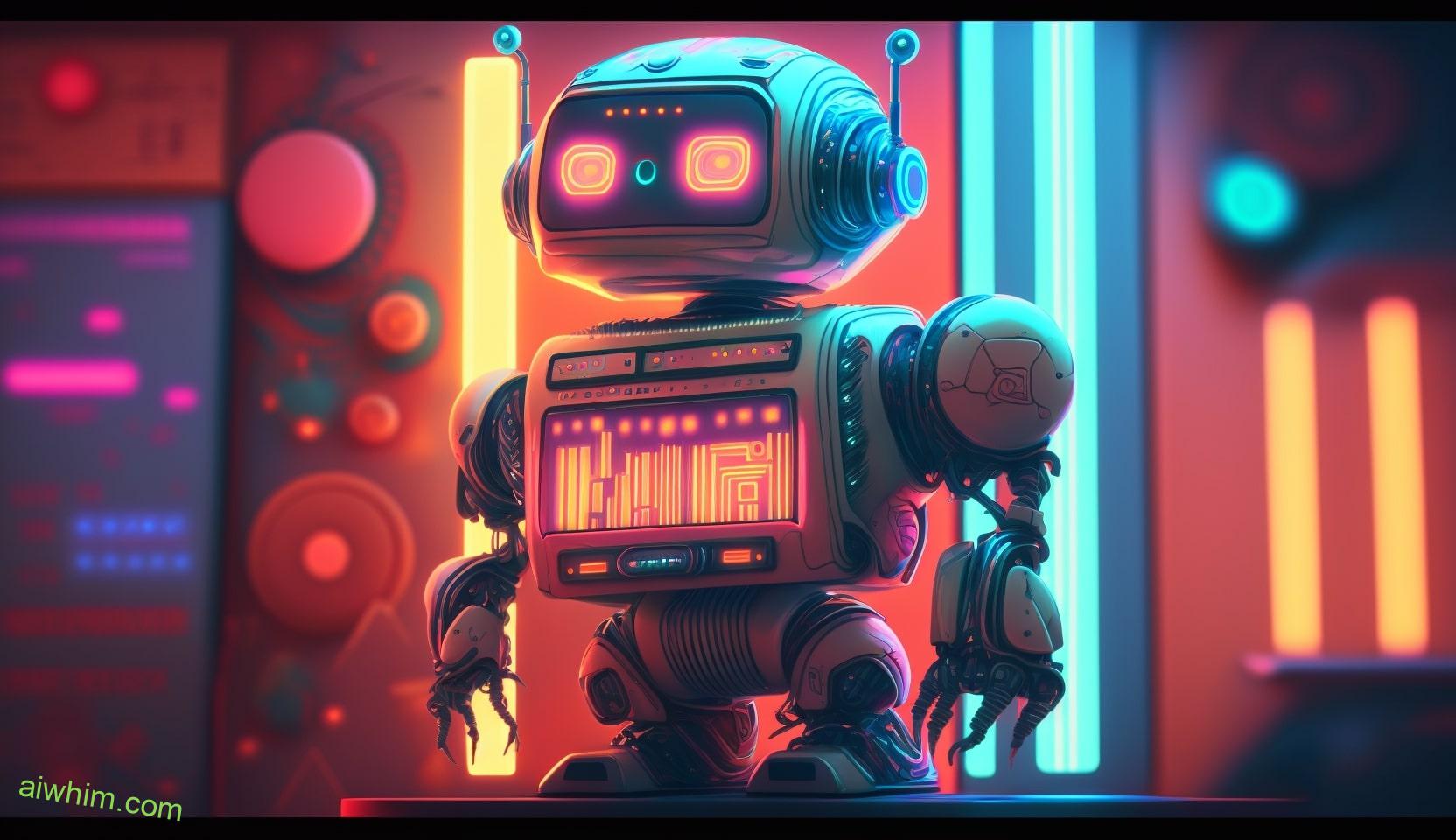
Regulatory Compliance For AI-Based Systems
AI technology is rapidly advancing, and with that comes a need for regulatory compliance to ensure the safety of both AI-based systems as well as users. As such, there are various legal requirements in place to maintain proper compliance standards.
When it comes to AI regulations and laws, they focus mainly on four areas:
- Data Protection & Privacy: To protect user data from security risks and privacy concerns.
- Ethics & Trustworthiness: To ensure ethical use of AI-based systems and their trustworthiness.
- Quality & Performance Standards: To guarantee quality performance outcomes for these systems.
- Risk Management & Assurance (RM&A): To mitigate risk associated with using these systems efficiently.
It is important for organizations to understand the various aspects of regulatory compliance when developing or deploying an AI system; this will help them stay compliant while also ensuring customer satisfaction. Organizations should have processes in place to monitor changes in legislation pertaining to AI, so they can make any necessary adjustments quickly without compromising on their operations or productivity. Furthermore, companies should conduct regular audits of their own practices to check if they’re meeting all applicable regulatory requirements related to their usage of AI-based technologies.
Regulatory compliance helps keep customers safe while allowing organizations to take advantage of new opportunities presented by the latest advancements in artificial intelligence technology. Compliance standards provide peace of mind by helping create consistency across multiple industries – which serves everyone’s best interests in terms of protecting individual rights, promoting fair competition, encouraging innovation, and safeguarding against potential harm caused by misusing or abusing these powerful technologies.

Security Concerns With AI-Based Systems
The dawn of the digital age has revealed a new world of possibilities, including ones created by artificial intelligence (AI). However, as with any technology that brings convenience and opportunity to our lives, security concerns must be addressed. AI-based systems are vulnerable to attacks from hackers and malicious actors who seek to exploit their weaknesses for their own gain. Machine learning algorithms can also introduce data protection issues when collecting sensitive information about users or customers. As such, it is essential for organizations developing these systems to consider all potential security risks before deployment.
To ensure system vulnerabilities remain low, organizations should build in multiple layers of security measures throughout the development stage and beyond. This could include encryption techniques to protect data stored on the cloud or using authentication protocols like two-factor authentication to increase user access security. Additionally, companies need to stay vigilant against emerging threats and keep up with industry standards for best practices in cyber security. By doing so, they will have taken steps towards reducing risk associated with AI-based systems and promoting safety within their networks.
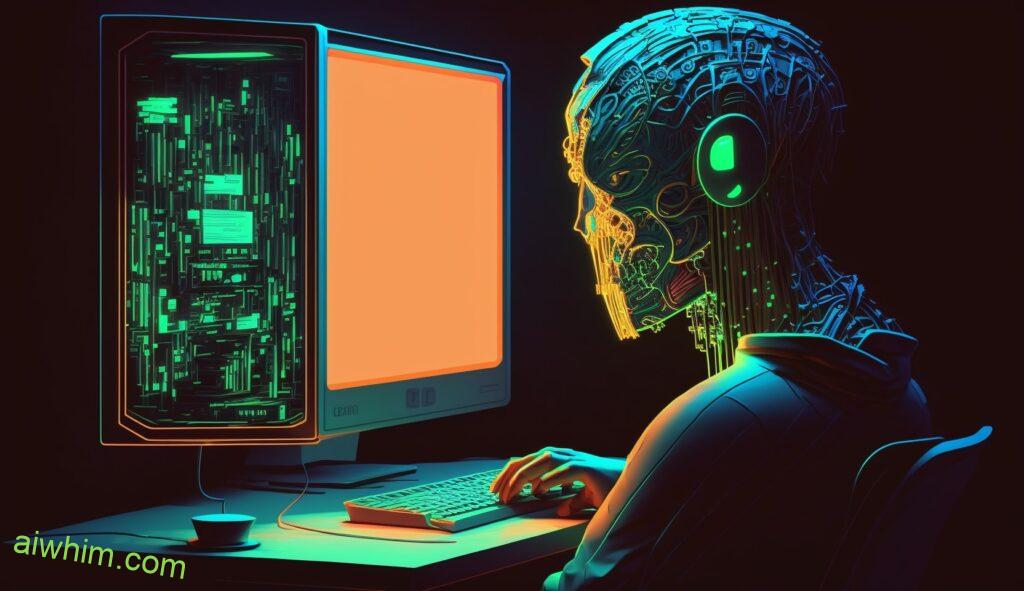
Role Of Artificial Intelligence In Future Of Legal Services
The role of artificial intelligence (AI) in the future of legal services is growing exponentially. AI, automation technologies, and compliance regulations are transforming how attorneys work; from large firms to solo practitioners. By leveraging data-driven insights, lawyers can better understand their clients’ needs and tailor services accordingly. AI offers new opportunities for automating tedious tasks like document review and contract analysis while reducing risks associated with noncompliance.
As technology continues to advance, there will be a shift towards using more automated tools to streamline operations in law offices. This could potentially lead to a decrease in demand for court reporters as much of the manual labor involved could be replaced by AI systems. However, humans still have an important role to play in providing personalized advice based on experience and understanding that algorithms may lack. At its core, legal practice remains dependent upon human expertise so it is unlikely these jobs will ever become obsolete due to advances in AI.
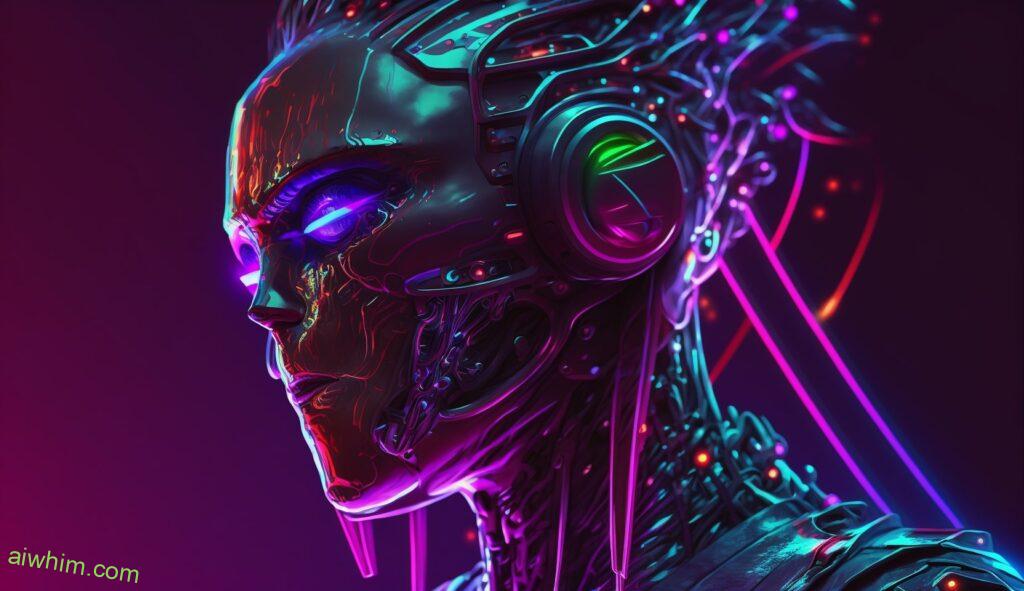
Adoption Rates By Jurisdictions Across The US
As Artificial Intelligence (AI) and automation technologies become more sophisticated, the potential for AI to replace human court reporters is becoming increasingly apparent. The question of whether or not this will happen remains unanswered, however adoption rates of AI technology by legal jurisdictions across the US can provide some insight into how quickly it may be adopted.
The rate of adoption depends on a variety of factors including:
- Cost-effectiveness: AI court reporting software costs less than hiring an experienced human court reporter in most cases.
- Efficiency: Automated processes are often faster than manual ones.
- Quality Assurance: Court reporting accuracy is paramount and automated systems offer higher quality assurance standards than humans do.
In terms of cost effectiveness, many states have already started taking advantage of AI’s ability to reduce overhead expenses associated with employing professional court reporters. Additionally, many state courts believe that investing in automated court transcription services could result in significant savings over time due to its increased efficiency compared to traditional methods. As far as quality assurance goes, many companies providing those services have developed advanced algorithms capable of detecting errors and inconsistencies within transcripts which further increase the reliability of these reports when used in judicial proceedings.
Overall, it appears that legal jurisdictions across the US are embracing AI’s capabilities for improving cost-efficiency, speed and accuracy when it comes to producing court transcripts. While human court reporters still remain important components in legal proceedings both today and likely tomorrow, their role is expected to diminish as automation becomes more commonplace throughout different areas of legal practice.
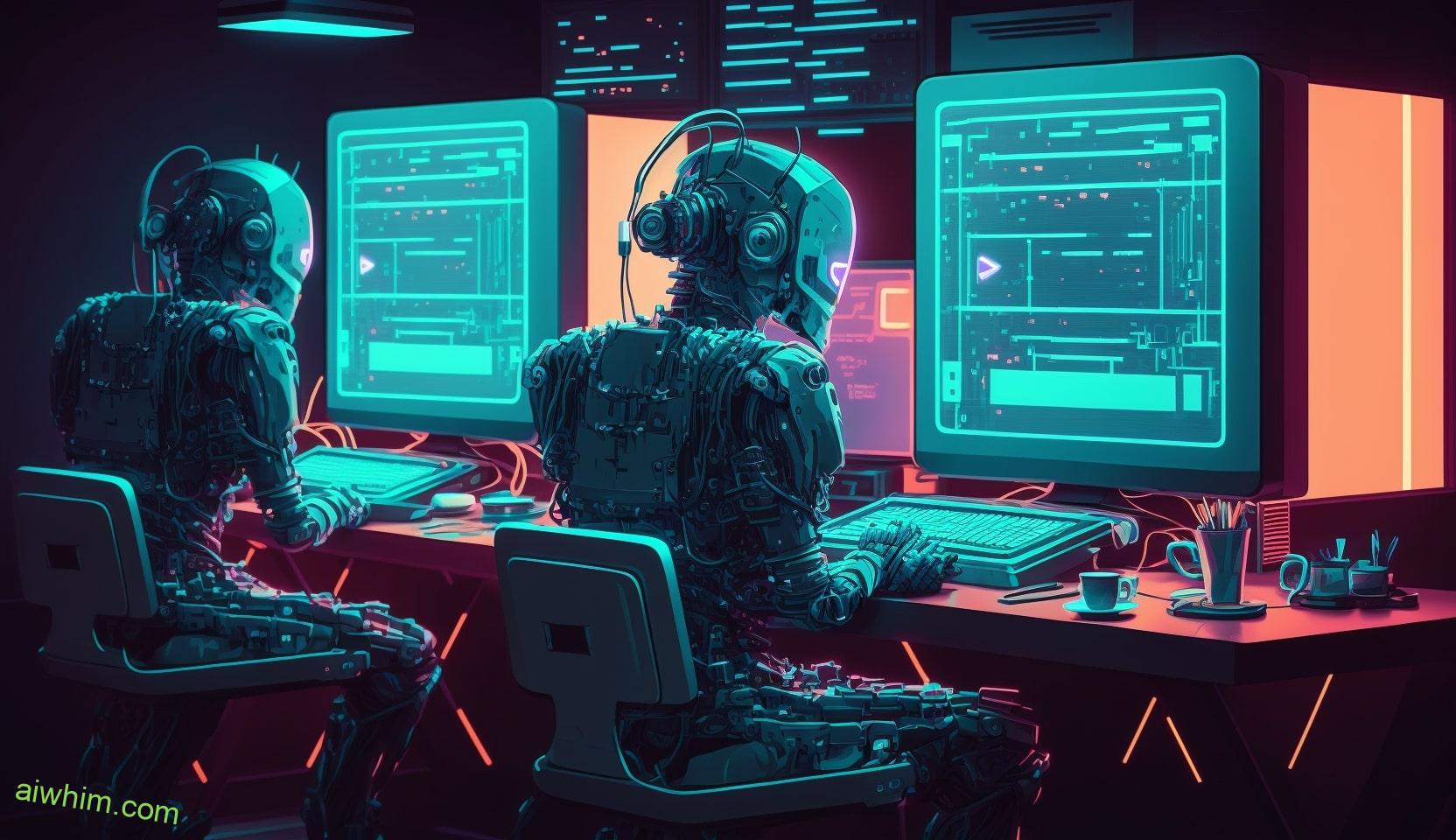
Challenges To Implementing An AI-Based System
The potential of AI to revolutionize the court reporting industry is undeniable, but there are a number of challenges that must be addressed before it can become a reality. Just like any other complex technological system, implementing an AI-based solution for court reporters comes with its own set of legal implications and security concerns. Not only does this technology need to comply with all existing regulations in order to ensure accuracy and fairness in the judicial process, but also needs to protect people’s privacy as well.
In addition, developing an AI-based system requires significant resources and expertise — something most court systems may not have access to or may not be able to afford. Furthermore, introducing such a radically different workflow could require considerable time and effort from everyone involved — lawyers, judges, clerks, etc.—in order to adjust their practices accordingly. All these issues make it difficult for many organizations to take advantage of the benefits offered by AI.
Ultimately then, while AI promises great improvements in efficiency and accuracy for court reporters and related services within the justice system, there remain numerous hurdles that must be overcome first. From ensuring compliance with relevant laws and regulations to managing logistical aspects of implementation – such as training personnel – successfully deploying an AI-based system will require careful planning by all stakeholders involved.
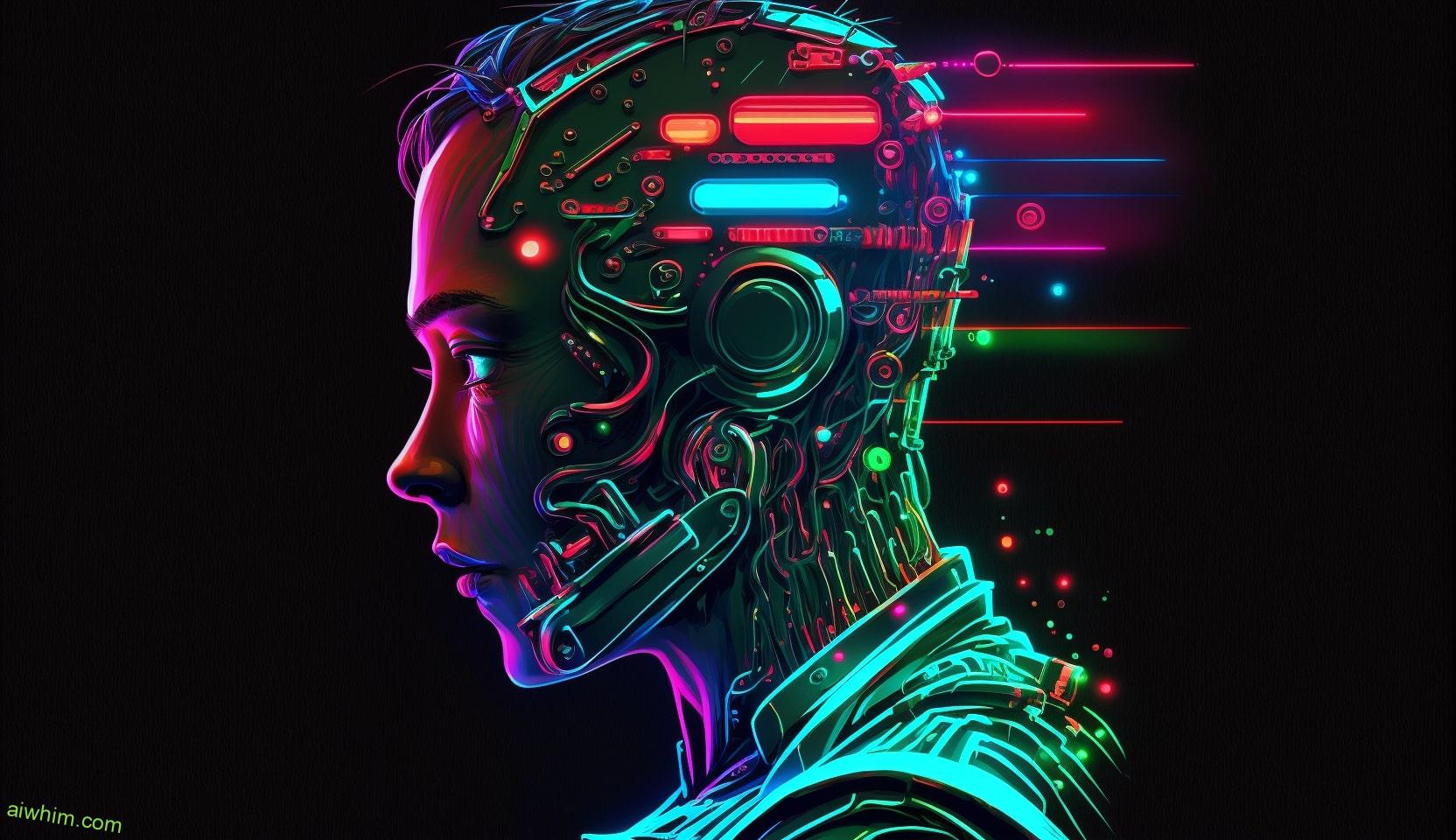
Potential Solutions To Address Concerns
AI has the potential to impact court reporters’ jobs, but there are steps that can be taken to address these concerns. To start with, AI regulation is essential in this case. Government and industry stakeholders should develop policies to ensure that any automated legal services are secure and adhere to data privacy standards. Additionally, creating guidelines for using AI-driven systems would set expectations for how it may be used within courtrooms. Furthermore, providing job retraining opportunities for current court reporters could help them transition into new roles as AI automation becomes more prevalent in the field.
The use of AI technology can bring a number of benefits when applied correctly; however, it must also consider the human element that remains an integral part of the judicial system. Ensuring adequate protection against malicious actors and implementing ethical regulations will go a long way towards safeguarding not just court reporters’ positions but also the justice system at large from abuse or exploitation of automated systems. With careful consideration of all parties involved and appropriate security measures, society stands to benefit greatly from advancements in AI technology while preserving our core values of fairness and freedom.
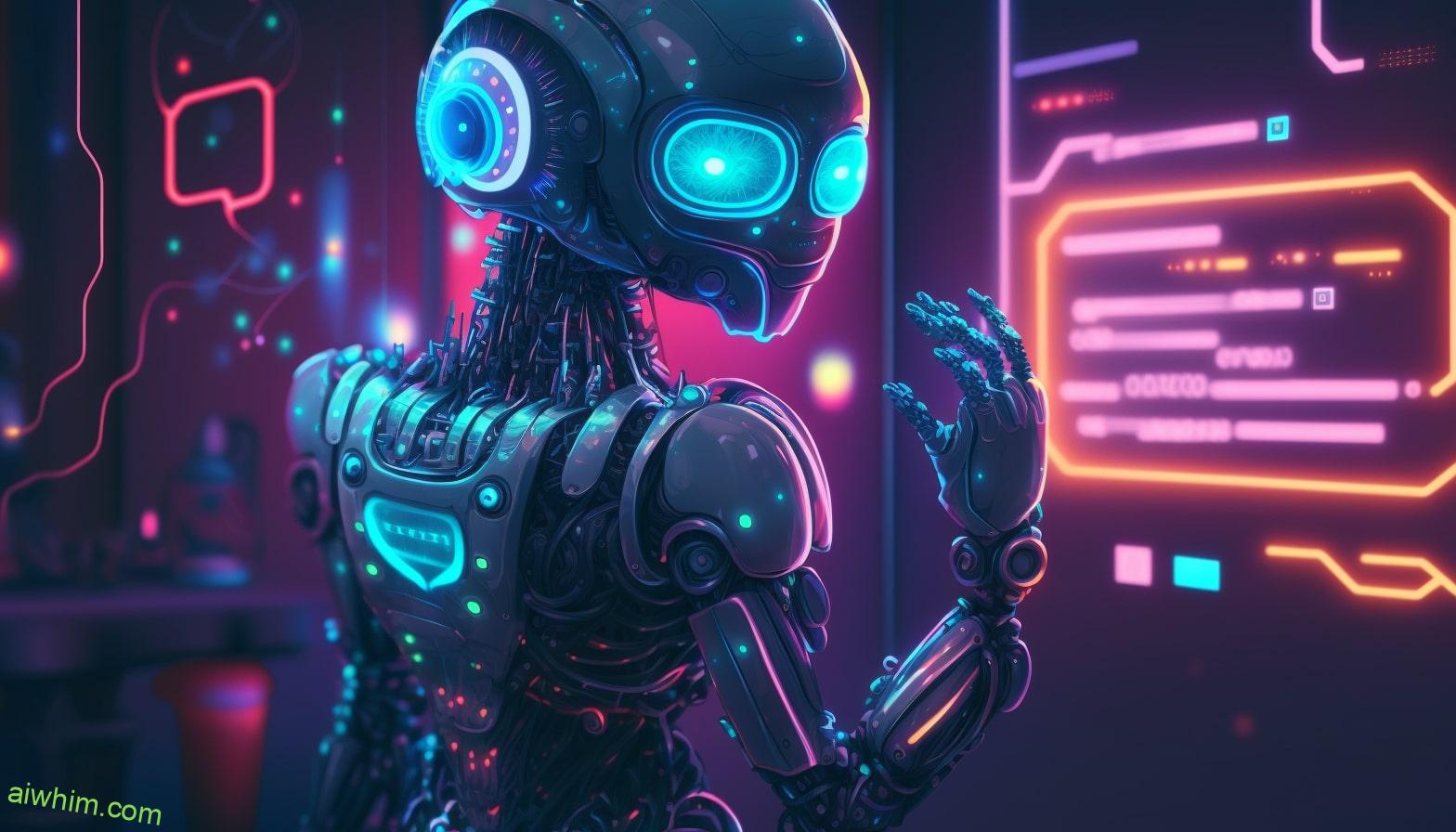
Conclusion
In conclusion, it is clear that AI-based court reporting systems have the potential to revolutionize the legal services industry and increase efficiency. Many jurisdictions are already experimenting with these technologies and their adoption rates will likely continue to rise in the future. While there may be some challenges to implementing an AI-based system, such as cost constraints or reliability concerns, these can be addressed through appropriate solutions. The ultimate question we must ask ourselves is whether or not this technology should replace human court reporters altogether? It is difficult to say at this point; however, one thing is certain – automation of the court reporting process holds great promise for a more efficient justice system.
Author: Ole Paulson
Author Bio: I’m Ole and on this website, I share everything there is to know about Artificial Intelligence, and useful tips for using AI to our advantage. I have a background in data science and research and have been following the AI-space for years. You can read more about me in the “About” page.

